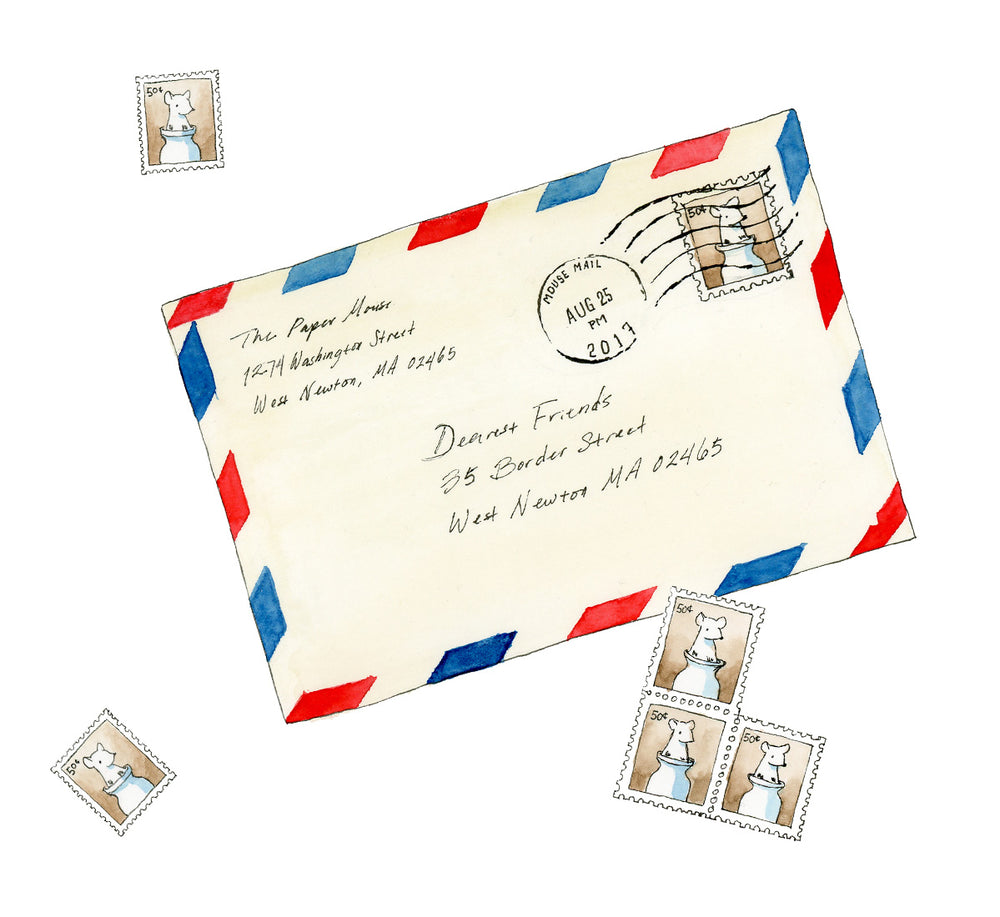Commonplacing with Index Cards and Binders
In our earlier blog posts on commonplace books—personalized books of information and inspiration that you add to over time—we went over what commonplacing is, how to use any notebook as a commonplace book, and how to use the Hobonichi Techo as a commonplace book. Today we’re sharing another organization system for commonplacing: an index file or binder, with pages you can easily move around.
The great advantages of this system are flexibility and ease of reference. Once you’ve filled up multiple commonplace books, it can be hard to remember in which book you wrote the information you’re looking for. But with unbound pages, there’s nothing to prevent you from adding more writing space, adding new reference subjects, and filling multiple volumes. You don’t need to worry about setting aside a certain number of pages per topic, and you aren’t even tied to a single index.
Hat tip to blog reader Steve, who shared his method of commonplacing using an old time-management binder with name and address pages!
Index Cards or Binder?
Functionally, this system of commonplacing works the same whether you’re using index cards or a binder. But there are some advantages to each that you’ll want to consider while choosing your tools.
Index cards are small. This has both upsides and downsides. It’s easy to carry a few index cards around with you, so you can add to your commonplace “book” anywhere you go. If you’re writing a short piece of information, an index card is a perfect size to contain it. The organization options are versatile, too: you can keep them in a storage box with tabbed dividers, a photo album with plastic sleeves, or even a Rolodex. But their size can be frustrating when you have a long piece of information to write down that can’t fit on one card—you’d need to clip or staple multiple cards together to contain it.
Longer entries pose no problem in a binder, where you can choose a bigger size and clip pages in sequentially. If you don’t use the whole page, you can write multiple entries on the same page. Binders have plenty of space to write and they’re easy to store on a shelf. But because they are usually larger, loose pages can be more awkward to carry around.

Organizing the Pages
In this system, you’ll use tabbed separations to keep your pages organized. It’s up to you how you prefer to label the tabs. As with other commonplacing methods, you can organize alphabetically or by subject, using subdivisions within each category to help you look up information. As you add pages, you can simply file them in the correct section and add them to your index. Write a title for the piece of information at the top of each card, page, or section so it’s easy to find as you flip through your collection.
A caveat: This commonplacing system works best if you number the pages in each section sequentially (start numbering at 1 for each new subject or alphabetical division) and leave them in numbered order. That is, don’t move them around within their section once you’ve added them to your book. This way you can still include a functional index.
Organizing the Index
If you’re a go-with-the-flow sort of person, then flipping through the pages of a particular alphabetical or subject section until you find the entry you’re looking for may be good enough for you! But even though this is an organized system by default, an index is still handy to help you retrieve information quickly. There are a handful of ways you can organize your index.
If you foresee filling your commonplace book with a lot of entries, you may want to have an index for each individual section. So if you had a “Poetry” section in your binder or card file, you’d place a page at the beginning of the section after the divider, and add each new poem to your index page. Or if you have a P section you’d do the same, perhaps organizing your index by subject alphabetically (Pets, Philosophy, Poetry, Pretzels)*.
Alternatively, you can have one long index at the beginning of the whole “book,” using a new page for each letter of the alphabet or for each subject. The index has the same advantage as the rest of the contents: once you fill an index page, you can just add another one right after it.

*We’d love to read this commonplace book!
Read our other posts on commonplacing here:



Index cards are underrated!
Leave a comment